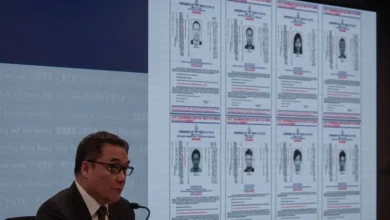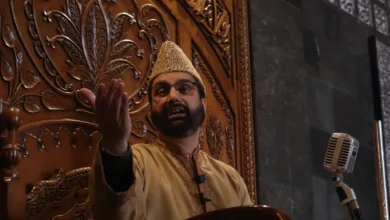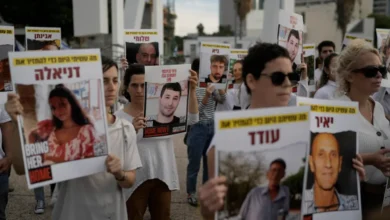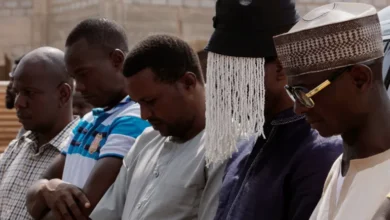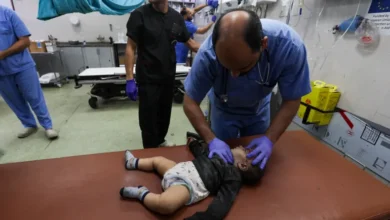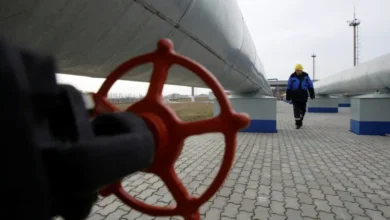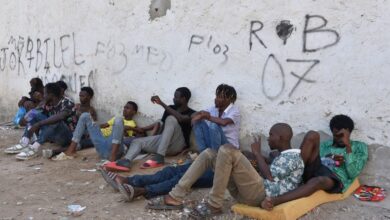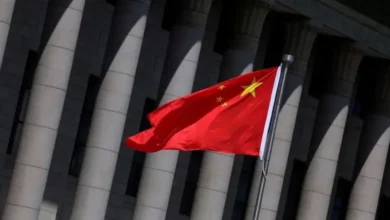What’s the latest UN Gaza resolution that the US has agreed to?
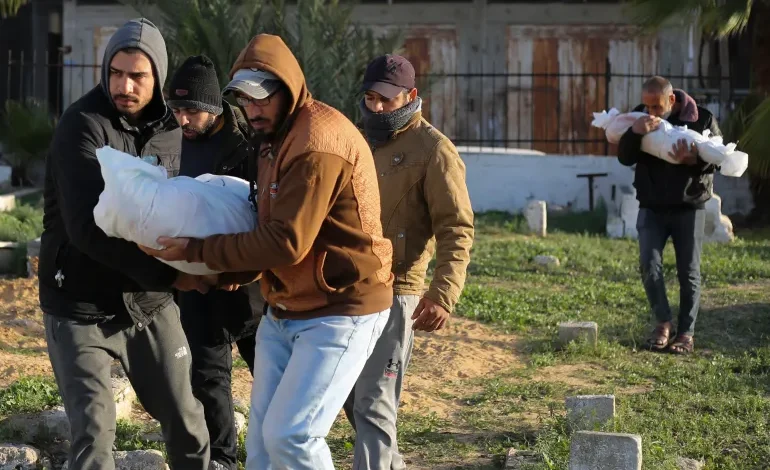
Why did the US want the draft resolution watered down?
The original draft was put forth by the United Arab Emirates mission to the UN on December 15 and it called for a cessation of hostilities and unhindered flow of aid into the Gaza Strip. It also said that the UN would exclusively monitor aid that enters Gaza through routes from outside states. Additionally, it called for an “immediate and unconditional release of all hostages”.
Initially, the US did not want the word “cessation” in the resolution. As a result, the language was substituted with “suspension of hostilities”.
However, Washington was unconvinced despite the first round of revisions and voting was delayed. Now, the problem was with the UN monitoring of aid entering Gaza.
PassBlue, an independent organisation that monitors the UN, posted on X that US diplomats were reportedly in agreement with the UN monitoring of aid until Israel saw the draft resolution.
What changes did the US make to the resolution?
With the help of Arab states, the US amended the draft.
US ambassador to the UN, Linda Thomas-Greenfield said: “We’re ready to vote on it. And it’s a resolution that will bring humanitarian assistance to those in need.”
The original draft, which mentioned a “cessation of hostilities”, was changed to call for an “urgent suspension of hostilities to allow safe and unhindered humanitarian access and for urgent steps towards a sustainable cessation of hostilities”.
But the US-amended draft drops all references to a pause in fighting.
Instead, it calls for “urgent steps to immediately allow safe and unhindered humanitarian access, and also for creating the conditions for a sustainable cessation of hostilities”.
The original draft also said the UN will “exclusively monitor all humanitarian relief consignments to Gaza provided through land, sea and air routes” from countries not party to the war.
Instead, the amended draft resolution asks UN Secretary-General Antonio Guterres to appoint a senior humanitarian and reconstruction coordinator to, in turn, establish a mechanism for accelerating aid to Gaza through states that are not party to the conflict.
The coordinator would also have responsibility “for facilitating, coordinating, monitoring, and verifying in Gaza, as appropriate, the humanitarian nature” of all the aid.
The initial draft resolution had demanded that Israel and Hamas allow and facilitate “the use of all land, sea and air routes to and throughout the entire Gaza” for aid deliveries. That was changed to “all available routes,” which some diplomats said allows Israel to retain control over access to all aid deliveries to all 2.3 million people in Gaza.
Israel monitors the limited aid deliveries to Gaza via the Rafah crossing with Egypt and the Israel-controlled Karem Abu Salem (Kerem Shalom) crossing.
Will the resolution pass?
To pass, the resolution needs at least nine votes in favour out of the 15 member states, and no vetoes by the US, France, China, the United Kingdom or Russia — the five permanent members of the UN Security Council.
While Thomas-Greenfield told reporters that the draft is now “a resolution we can support”, she declined to specify whether the US will vote in favour or abstain.
The vote, however, was delayed until Friday after Russia – also a veto power – and some other council members complained during closed-door talks about the amendments made to appease Washington, diplomats said. Russia’s UN ambassador Vassily Nebenzya declined to speak to reporters after the meeting.
Now that the language that initially called for a “cessation of hostilities” has been diluted significantly, there is no guarantee that permanent members Russia and China will be on board.
Russia and China previously vetoed a US-led resolution on October 25, which called for a “humanitarian pause” instead of a “ceasefire”.
If it passes, will it make a difference?
Gaza urgently needs food as its entire population is experiencing a hunger crisis, a UN-backed report says. A significantly large proportion of households is experiencing food insecurity and the threat of famine is rising.
While the clause of unhindered aid access sounds promising in theory, the delivery of food and other assistance lagged Gaza’s needs even before the war. More than two months of fighting have created a further backlog of assistance requirements. Meanwhile, Israel has so far not lived up to the aid commitments it has made.
Earlier, a humanitarian pause was brokered between Israel and Hamas to allow for a prisoner and captive exchange, alongside allowing for more humanitarian aid to enter Gaza.
But even during the pause, about 200 aid trucks entered Gaza every day, compared with the 500 trucks that would enter daily before the outbreak of violence on October 7. The UN said the flow of aid during the truce was no match to the needs of Gaza’s civilians. Hunger in the enclave has only worsened since, so it is unclear whether the UN and other agencies can — without a pause in fighting — meet the enclave’s humanitarian needs.
Israel has also previously ignored UNSC resolutions. On November 15, the Security Council passed a resolution calling for “urgent and extended humanitarian pauses and corridors” throughout the Gaza Strip. But Israel’s envoy to the UN immediately declared that the resolution held “no meaning” for his country. It was more than a week later that Israel and Hamas finally agreed to a brief truce that lapsed in early December.
